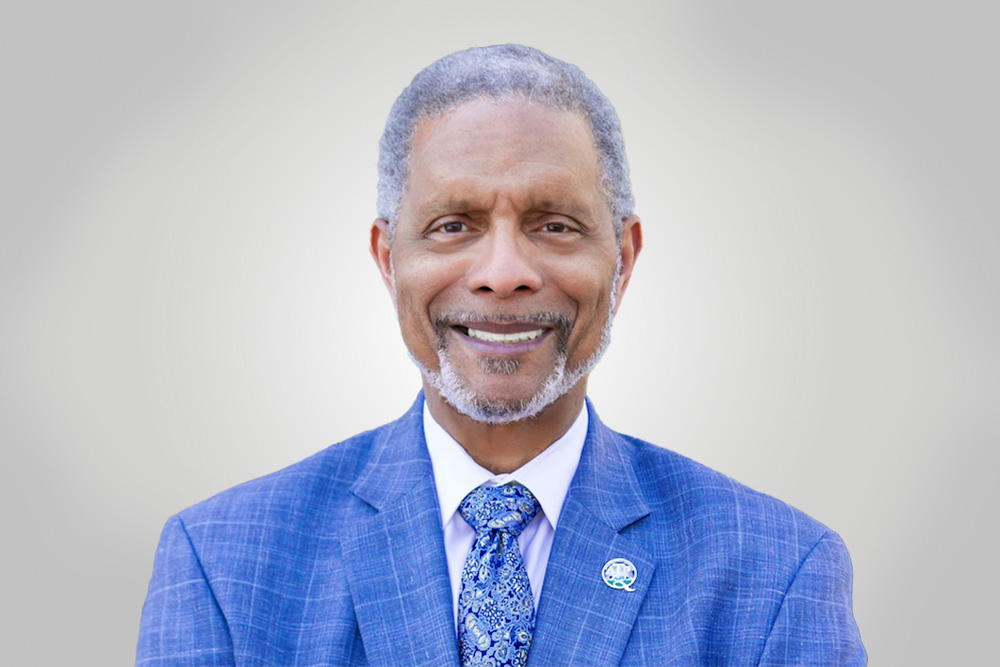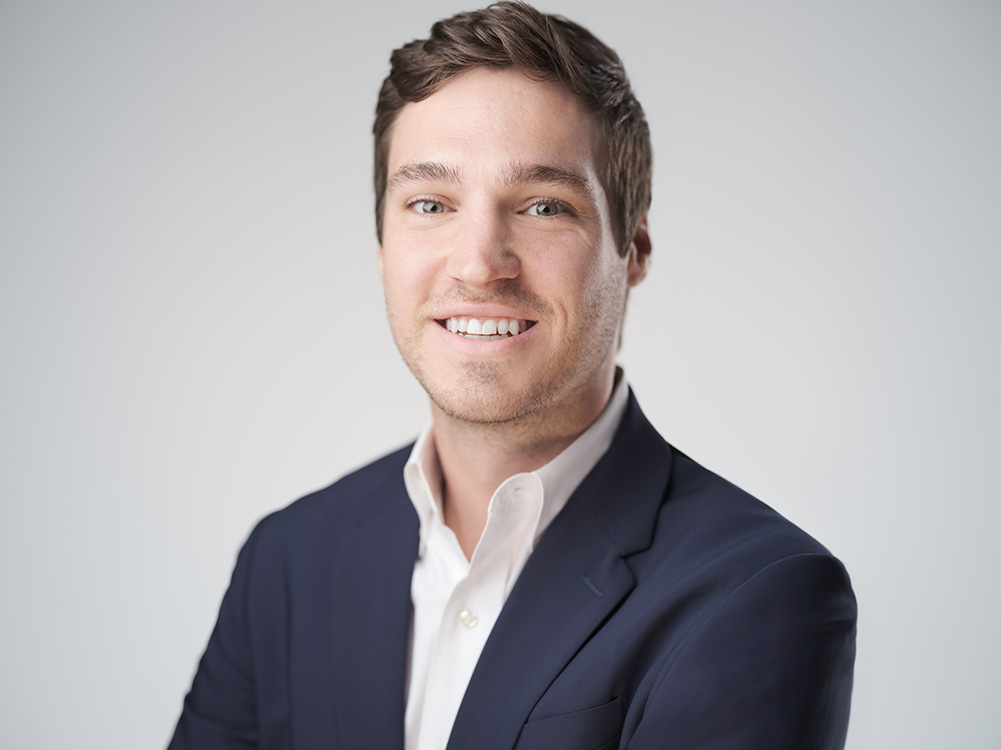Prioritization in public health is of paramount importance as leaders face countless decisions every day. Dr. Norman Oliver, one of our senior advisors and the former State Health Commissioner at the Virginia Department of Health, shares how he set clear priorities and communicated them throughout a complex organization.
The laundry list of challenges facing public health leaders these days continues to grow, and with it, leaders are constantly making decisions about where to prioritize their focus. No challenge was greater than the COVID-19 pandemic, which forced leaders to quickly shift priorities and adapt to evolving circumstances that demanded their vigilant attention.
As the former State Health Commissioner at the Virginia Department of Health, Dr. Norman Oliver was tasked with leading the state’s response to the pandemic and helping the department keep its priorities in order during a tenure marked by unprecedented disruptions and uncertainty.
In the Q&A below, Dr. Oliver shares his thoughts and insights from his decades of experience in public health and his on-the-ground knowledge of how public health leaders can prioritize and stay focused on what matters most.
Q: What are the biggest challenges facing public health leaders today?
A: Public health is a really broad area. It’s everything from ensuring that people have clean drinking water to making sure that the oyster beds are clean and people are getting oysters and seafood that are free of disease to work on maternal health and child health, nutrition, chronic disease, disease surveillance, and much more.
It’s a lot of work, a very broad area and unfortunately public health has been under resourced and understaffed for quite some time.
One of the I think the biggest challenges that public health leaders have right now is maintaining a really competent and qualified workforce. If you talk to a state health officials around the country, you’ll hear it time and time again: They don’t have enough people.
In any field, including public health, there’s also a constant need for training, retooling, learning new techniques, and learning new approaches.
The other big challenge I see is learning to be innovative and nimble and quick. Public health, like a lot of government agencies, is very hierarchical and trying to break that down, to become cross-functional, highly collaborative Teams of people who are working together around the goals of public health is a key task that we must achieve.
Q: As a leader, with all those challenges you identified, how do you go about deciding what to prioritize? You have limited resources and time, so where do you choose to spend it?
A: I started out by saying how broad the work of public health is. We had hundreds of projects, multiple funding resources, but during the pandemic, the major thing we had to focus on was COVID-19. So that was pretty clear.
Then we had to have real discussions within our agency about what we were going to do with all these other programs. When we focused on COVID-19, there were impacts on other areas of public health, such as food insecurity and an increase in substance use and overdoses.
So we had to set strategic goals with targets we were trying to hit to address those other areas of focus during the pandemic, and we at the senior leadership level would meet on a quarterly basis to discuss how we were doing on those targets and how we’re moving forward. And then another thing we wanted to do was make sure these priorities cascaded down throughout the entire agency and state.
Q: How would you go about communicating that and ensuring people across the department are on track to meet these targets and goals?
A: The Virginia Department of Health is what’s called a centralized health department, so all the local health departments are part of the state health department infrastructure. We set up a weekly meeting with hundreds and hundreds of our staff participating and this is a way to both let them know ‘here’s our strategic direction. This is where we’re going. Here’s how we’re performing on it.’ And also to get them best practices, lessons learned, and finding out where people needed help in order to be able to meet those goals.
We also brought together various other state agencies into what we called a unified command to focus each and every day together and assess how we were doing.
This is really important when you’re thinking about prioritization—it’s not just that you set the priorities, then the leadership has to then take responsibility for doing what I was just talking about, talking to the people, carrying out the work, checking in and see how employees are doing and what challenges they are facing.
And then I would ask them what we can as public health leaders do to create an environment that can help you succeed. It’s not always a ‘give us more money or give us more staff.’ It’s things like telling us they need to have better engagement in the by the local health districts in carrying this out. Letting the senior leadership know that means that then we can talk to district directors at the upcoming district director meeting, we can say this is a key priority because we heard directly from staff about it.
Q: What lessons do you have for leaders striving to prioritize now that they may be focusing on public health challenges other than COVID-19?
A: I would say the communication piece is huge. Leaders have to have that in order to be a high functioning and highly reliable organization. You must have that kind of communication, but it doesn’t happen by accident. You must design a process that allows that type of focused communication to take place. Leaders have to create that environment that allows that to happen. They have to create the environment and that process.
The main leader has to get the rest of the leadership team to agree with a priority and be aligned on it, and then that leadership team can then make that happen across the organization.




